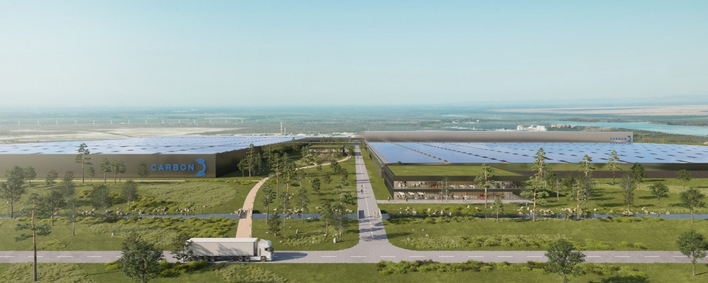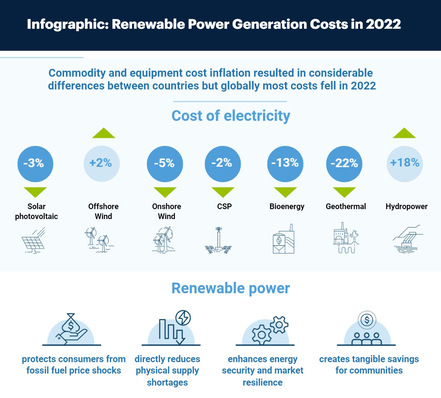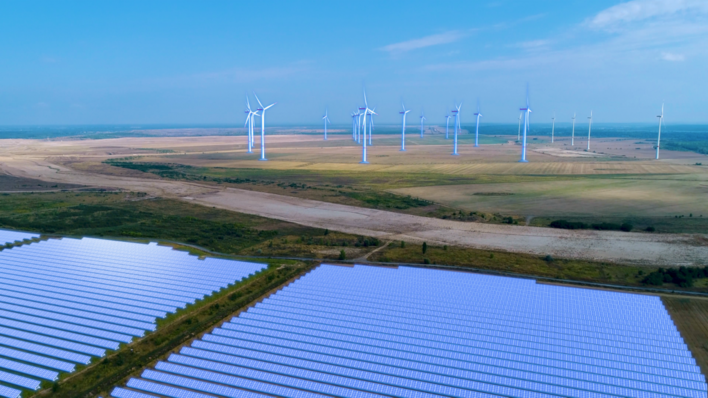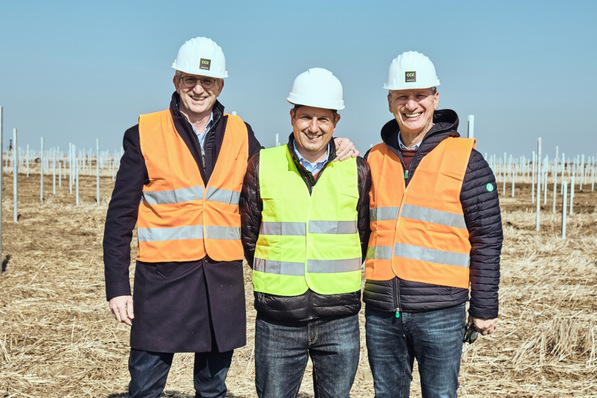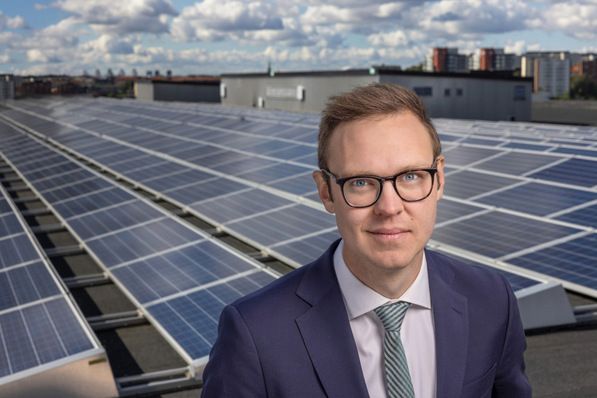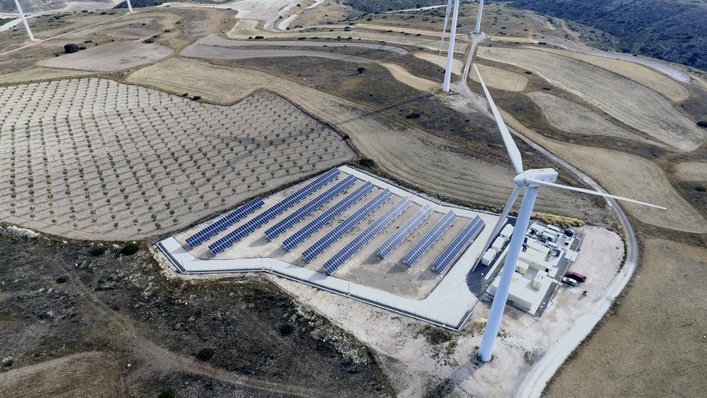pv europe: Recently, the Italian Constitutional Court rejected the doubts about the constitutionality of the "Spalma Incentivi", which changed the remuneration for photovoltaic systems two years ago retroactively to the detriment of the operators. Did that surprise you?
Andreas Lutz: Yes, this bitter news came unexpectedly for the many operators suing against the "Spalma Incentivi". The written justification of the constitutional court is, however, still missing. But it is indeed severe. After all, the feed-in tariff for photovoltaic systems over 200 kW has been reduced by up to eight percent for option C as of January 1, 2015. In the case of options A and B, the total remuneration during the funding period is retained, but with a different payment distribution over time and initial reductions of up to 20 percent. Over twelve thousand operators are affected.
What is the situation for the promotion of photovoltaics in Italy?
There is no longer a promotion sceme for photovoltaics, neither feed-in tariffs nor tenders. The EUR 6.7 billion cap for PV funding was already achieved by mid-2013, so the Conto Energia 5 also ended. On the other hand, wind power, biomass and other renewable energies are still being promoted. Existing PV plants funded by one of the Conto Energias will, however, continue to receive the 20-year remuneration, even if retroactively reduced by the Spalma Incentivi since the beginning of 2015. However, if operators do not comply with requirements, the competent authority GSE (Gestore dei Servizi Energetici) can further shorten or completely cancel the feed-in tariff, which often occurs.
Under what conditions can this be the case? What do plant operators have to consider in order to avoid feed-in tariff cuts by the GSE?
The GSE has been stepping up controls during the past years. In the case of serious breaches, the feed-in tariff will be canceled. In the case of non-serious violations, the feed-in tariff will be reduced. Wrongly received remuneration will be recovered. Care should also be taken in the event of technical, economic or legal changes during the funding period. This includes, for example the exchange of components like modules or inverters. Operators should adhere strictly to the requirements of the GSE and report changes to the plants on time to the GSE. In the middle of 2015 the GSE published very complicated guidelines. However, after fierce protests from the industry the GSE quickly withdrew the guidelines and recently announced that it will publish new, easier manageable guidelines by the end of 2016. By the way, the compliance with all requirements has more and more become a crucial point in due diligences when buying plants.
What do the new GSE guidelines include?
They explain, among other things, what to consider when exchanging modules and inverters, and how much the system power can be maximally increased. In addition, they specify which forms have to be filled out to report to the GSE and which deadlines have to be observed.
Is it allowed to increase the installed capacity by repowering?
I think that the GSE will continue to not allow a substantial increase the installed capacity when replacing inverters and modules. This is because the GSE wants to avoid an increase of the total sum of the remuneration. According to the "principles" of the GSE published in August 2016, the tolerance threshold for photovoltaic systems above 20 kW amounts to a one percentage increase. I assume that this will remain so and the GSE will control this strictly. This is somewhat more generous for smaller- plants with a capacity of less than 20 kW, where the tolerance threshold is five percent.
Is there a growing market for self-consumption in Italy?
Approximately 85 percent of all PV installations installed in Italy in 2016 are small plants up to six kW. There I also see an increase of self-consumption solutions with storage systems. However, in Italy there is also the model of Scambio sul Posto, the Italian net metering, where the public grid serves as an energy storage system. Power is fed in and can be retrieved later. This can save up to 75% compared to "normal" electricity from the grid. Whether the storage solution in the end is more economical has to be calculated for each case individually. However, for many homeowners idealism or the desire for greater self-sufficiency is the driving force. There is currently no special promotion sceme for storage solutions.
Is self-consumption profitable for larger plants, also in view of the greatly reduced PV system costs?
The Scambio sul Posto is possible up to 500 kW. Additionally, there are the Sistemi Efficenti di Utenza (SEU), this means direct consumption models. Producers and consumers do not have to be identical and the public grid cannot be used for storage. There are economic advantages due to greatly reduced network charges. On a broad front, however, so far there has been no breakthrough as it seems too complicated for many investors. Storage solutions for larger systems usually do not pay off.
Does direct marketing pay off for new installations?
We discuss this again and again. There is the possibility to sell the electricity to the GSE or to a trader or a third party, but they usually pay only the stock exchange prices or slightly more. Two examples from my daily work: in Sicily, the average sales price for electricity from January to October 2016 was 4.06 cents / kWh, while in Central Italy it was as low as 3.73 cents / kWh. There are few investors who are willing to invest at current investment costs. In addition, debt financing is almost impossible because there are usually no long-term power purchase contracts with guaranteed minimum prices. However, as there are now announcements that large-scale plants with used modules will be built for 400 euros per kilowatt, in the future investments actually might pay off. By the way, RFI (Italian State Railways) and Terna (Transmission System Operator) also plan to implement up to 200 MW soon.
What are your expectations for the installation of new PV capacity in Italy in 2017?
After around 350 MW in 2016, I expect around 400 MW in 2017 - not taking into account possible major utility scale projects.
Interviewed by Hans-Christoph Neidlein
Stay informed, get our weekly newsletter. Register here: http://www.pveurope.eu/Newsletter
Related news:


